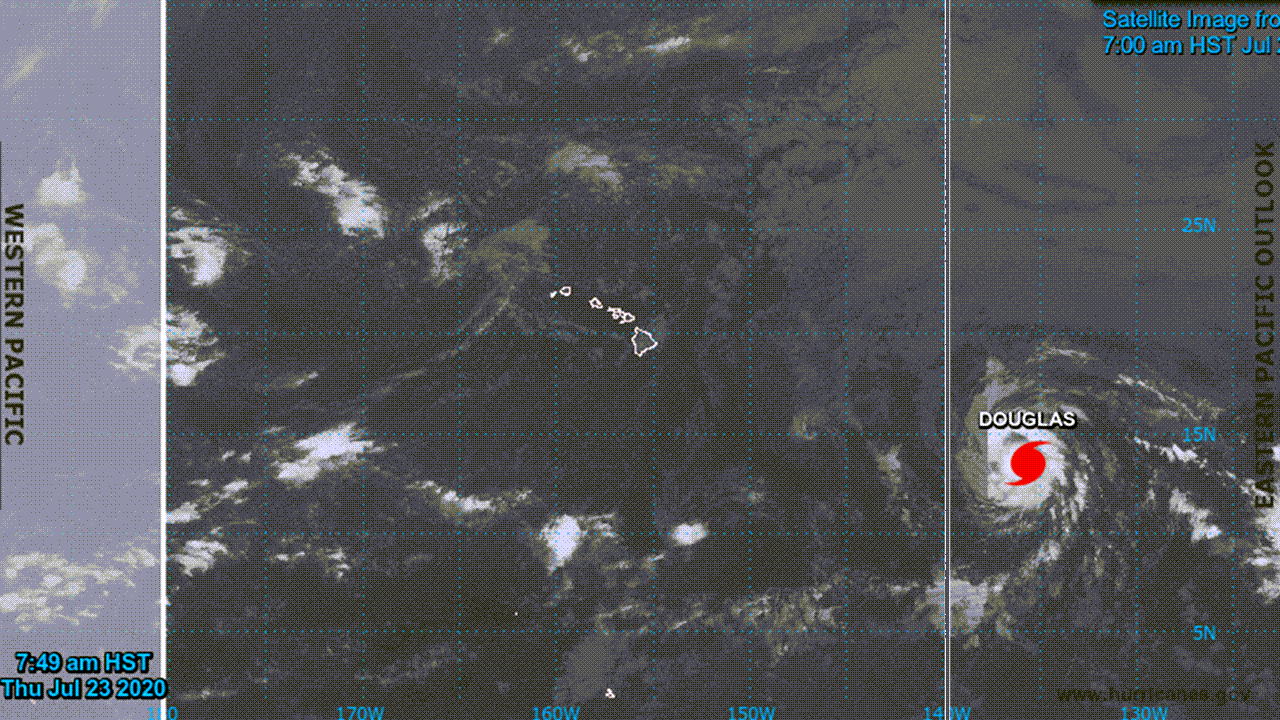

The star highlights the closest location of the hurricane with respect to the glider. The track of Hurricane Gonzalo is shown by colored circles (every 3 h). During 8–28 October, the glider sampled ocean conditions between sites A and B (blue diamonds). Track followed by the glider (red points) north of Puerto Rico (PR) during July–November 2014, overlaid on altimetry-derived geostrophic currents. During July through November 2014, both gliders continuously provided temperature and salinity profile data to 1000 m and depth-averaged and surface current velocities. The two gliders were piloted along predetermined tracks in the Caribbean Sea and in the North Atlantic Ocean (Figure 1), where hurricanes very often travel and intensify. In July 2014, two underwater gliders (hereafter referred to as gliders) were deployed off Puerto Rico as part of a multiinstitutional effort. In this study, we used underwater glider observations that were geared exclusively toward providing targeted in situ ocean observations to investigate the ocean environment under hurricane force winds. Most of these studies were based on modeling outputs, on satellite data alone, or on very limited in situ data, such as Argo floats, moored instruments, or Airborne eXpendable BathyThermographs. Previous studies showed that the upper ocean response to TCs is dominated by the development of vertical mixing, upwelling on the wake of the hurricane, and baroclinic processes. For example, the presence of large upper ocean heat content and barrier layers (i.e., increased salinity stratification near the surface) can effectively reduce storm-induced sea surface temperature (SST) cooling, favoring the intensification of the TC. The study of ocean processes forced by the passage of a tropical cyclone (TC) is critical for understanding air-sea interactions that can lead to the intensification of TCs and, therefore, for improving models used for hurricane prediction. Results presented in this study emphasize the value of underwater glider observations for improving our knowledge of how the ocean responds to tropical cyclone winds and for tropical cyclone intensification studies and forecasts. Comparison with a coupled ocean-atmosphere hurricane model indicates that model-observations discrepancies are largely linked to salinity effects described. Poststorm observations also revealed a partial recovery of the ocean to prestorm conditions 11 days after the hurricane. The main finding in this study is that salinity potentially played an important role on changes observed in the upper ocean a near-surface barrier layer likely suppressed the hurricane-induced upper ocean cooling, leading to smaller than expected temperature changes. Observations collected before, during, and after the passage of this hurricane were analyzed to improve our understanding of the upper ocean response to hurricane winds. During October 2014, Hurricane Gonzalo traveled within 85 km from the location of an underwater glider situated north of Puerto Rico.


 0 kommentar(er)
0 kommentar(er)
